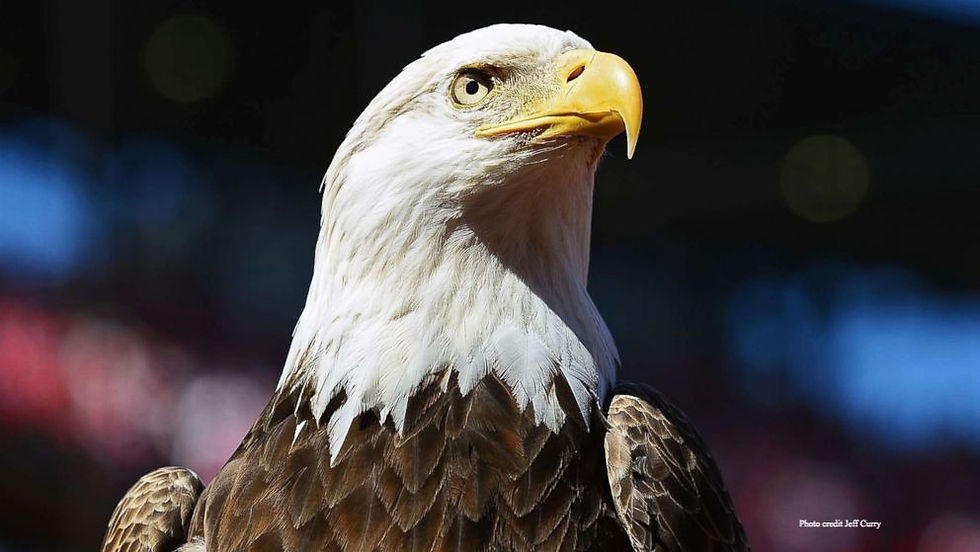CRITTER SPOTLIGHT: Freshwater Eel: Anguilla rostrata
- cynthiamorissette
- Jan 17, 2021
- 2 min read

Today's critter spotlight was inspired by a book that I have been reading that discusses the interesting life of the American eel, Anguilla rostrata. Before reading this book, I had no idea that the American eel spends part of its life in freshwater and part of its life in the sea. These amazing creatures reproduce in the Sargasso Sea which is located in the Atlantic Ocean. After hatching from eggs, young eels ride the currents to streams, rivers, and lakes. Their journey may be as long as 3,700 miles and last for many years. Once in freshwater, Anguilla rostrata can live anywhere from 10-25 years. Once they reach maturity in that time, they migrate back to the Sargasso Sea to mate and reproduce. Due to this incredible life cycle, it took many scientists, and many years, to discover the exact details of the eel's life cycle.
Female eels can grow much larger than males. Females grow up to 4 feet, while males only reach 1.5 feet. There is a very interesting study that dates back to the 1930s where two French scientists placed a thousand young eels in a tank of water. It was documented that they fed the eels daily, but after about a year there were only seventy-one eels left. The eels were also much larger than they had been. It was discovered that the eels were eating one another. After three more months passed, only one eel was left, a female measuring over a foot in length. No wonder they grow larger!!
They typical eel menu consists of crustaceans, insects, and fish. Eels feed mainly at night and hide during the day. Although eels may have a snake-like appearance, they are fish. There are over 800 species of eel. The largest eel on record was a giant moray eel which measured 12.9 feet in length.
In all my years doing the NBC Watershed Explorers Program, I have only come across two eels. One was discovered in a tire that a co-worker and myself pulled out of the Woonasquatucket River in Providence during a river clean-up, and the other, I found in one of my macro invertebrate nets during a scoop in the Pawtuxet River in Cranston. The one that we discovered in the Woonasquatucket River was pretty large for my standards, about six inches at least. The one in the Pawtuxet was much smaller, maybe only an inch or two. These, I could handle! I am not sure that I would say the same for one that is taller than me!
As always Watershed Explorers, I hope that you enjoyed learning more about this exceptional creature. The Earth is full of so many amazing animals, and the more we know about them, the better we can protect each an every one.
Please get outside this week and explore.
Much love,
Mrs. Morissette






Comments